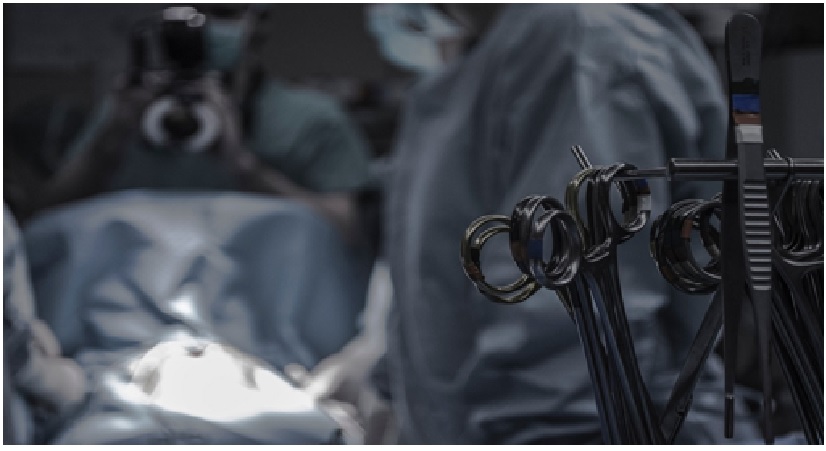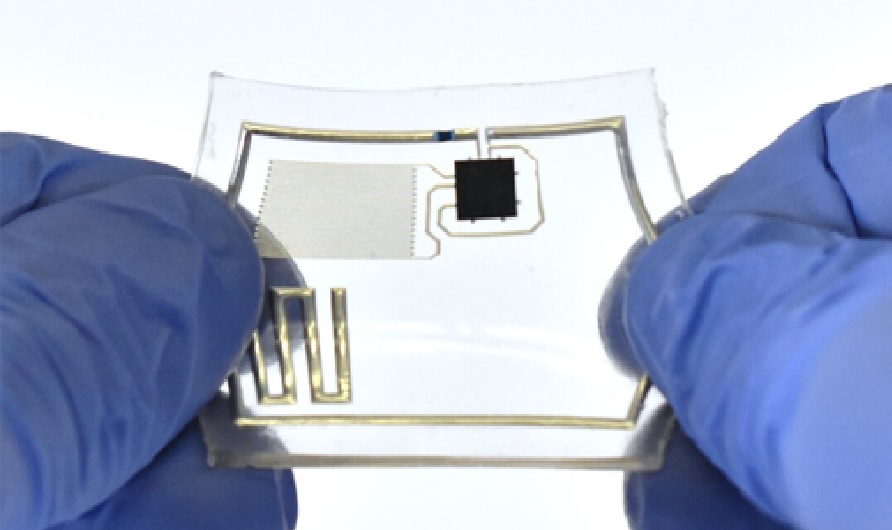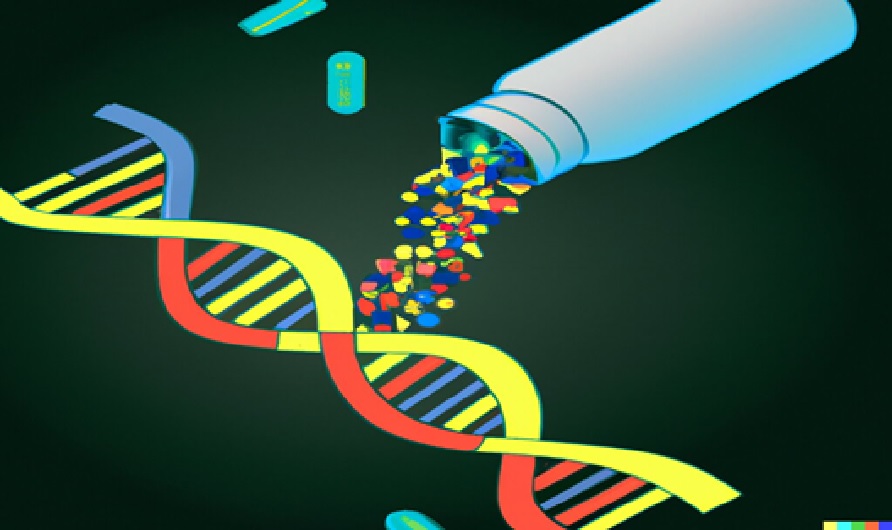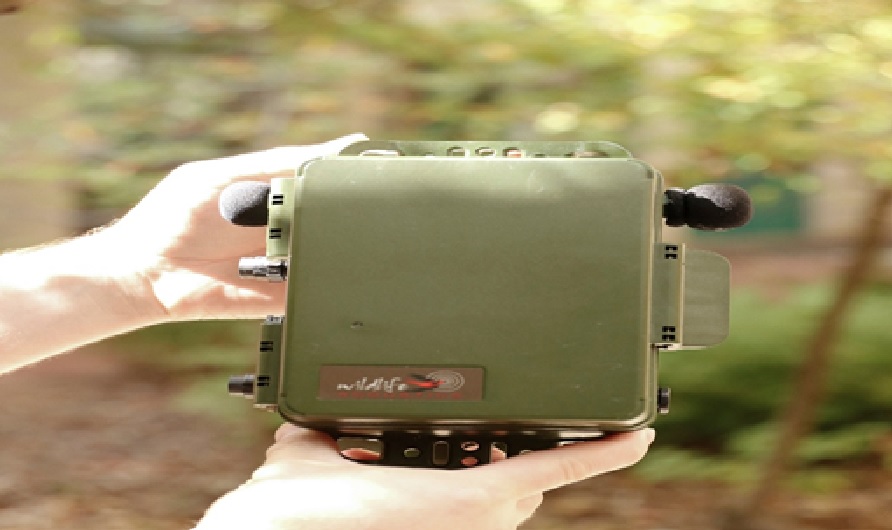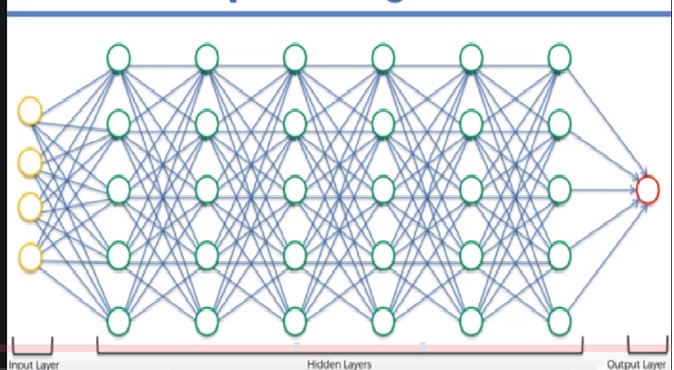AI Used to Predict That Could Neutralize Baldness
Researchers Lina Wang, Zhiling Zhu and colleagues have used artificial intelligence (AI) to predict compounds that could neutralize baldness-causing reactive oxygen species in the scalp. Using the best candidate, they constructed a proof-of-concept microneedle patch and effectively regenerated hair on mice.

Figure 1: Artificial intelligence to predict compounds that could neutralize baldness
Figure 1 shows that Most people with substantial hair loss have the condition androgenic alopecia, also called male- or female-pattern baldness. In this condition, hair follicles can be damaged by androgens, inflammation or an overabundance of reactive oxygen species, such as oxygen free radicals. [1]
High levels of these oxygen free radicals can affect the body’s antioxidant enzymes which typically keep them in check. Superoxide dismutase (SOD) is one of these enzymes, and researchers have recently created SOD mimics called “nanozymes.” But so far, those reported aren’t very good at removing oxygen-free radicals.
To overcome this problem, researchers implemented machine learning, a form of AI, that could help them fabricate a better nanozyme for treating hair loss. Transition-metal thiophosphate compounds are used as potential nanozyme candidates.
They experimented with machine-learning models with 91 different transition-metal, phosphate, and sulfate combinations, and the techniques predicted that MnPS3 would have the most powerful SOD-like ability. [2]
Nanosheets were synthesised from the most promising combination and in initial tests with human skin fibroblast cells, they significantly reduced the levels of reactive oxygen species without causing harm. Based on these results, the team prepared microneedle patches using the nanosheets and treated androgenic alopecia-affected mouse models with them.
Within 13 days, the animals regenerated thicker hair strands that more densely covered their previously bald backsides than mice treated with testosterone or minoxidil. The researchers say that their study both produced a nanozyme treatment for regenerating hair, and indicated the potential for computer-based methods for use in the design of future nanozyme therapeutics.
While the battle against baldness is ongoing, significant efforts are being made by various research teams to tackle the condition. In 2019, researchers at Columbia University successfully grew human hair in a dish which could one day broaden the availability of hair restoration surgery. It was the first time that human hair follicles have been entirely generated in a dish, without the need for implantation into skin. [3]
References:
- https://www.acs.org/content/acs/en/pressroom/newsreleases/2022/october/ai-helps-researchers-design-microneedle-patches-that-restore-hair.html
- https://www.electronicsforu.com/tech-zone/ai-ml-tech/a-microneedle-patch-developed-using-ai-helps-to-restore-hair
- https://eandt.theiet.org/content/articles/2022/11/microneedle-patch-to-cure-baldness-developed-with-machine-learning/
Cite this article:
Sri Vasagi K, AI Used to Predict That Could Neutralize Baldness, AnaTechMaz, pp.184


